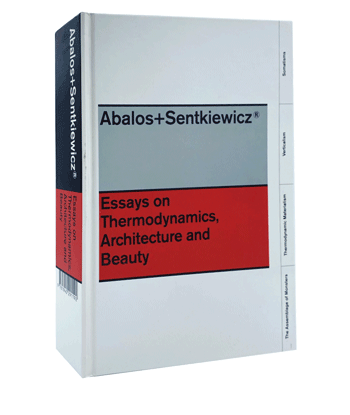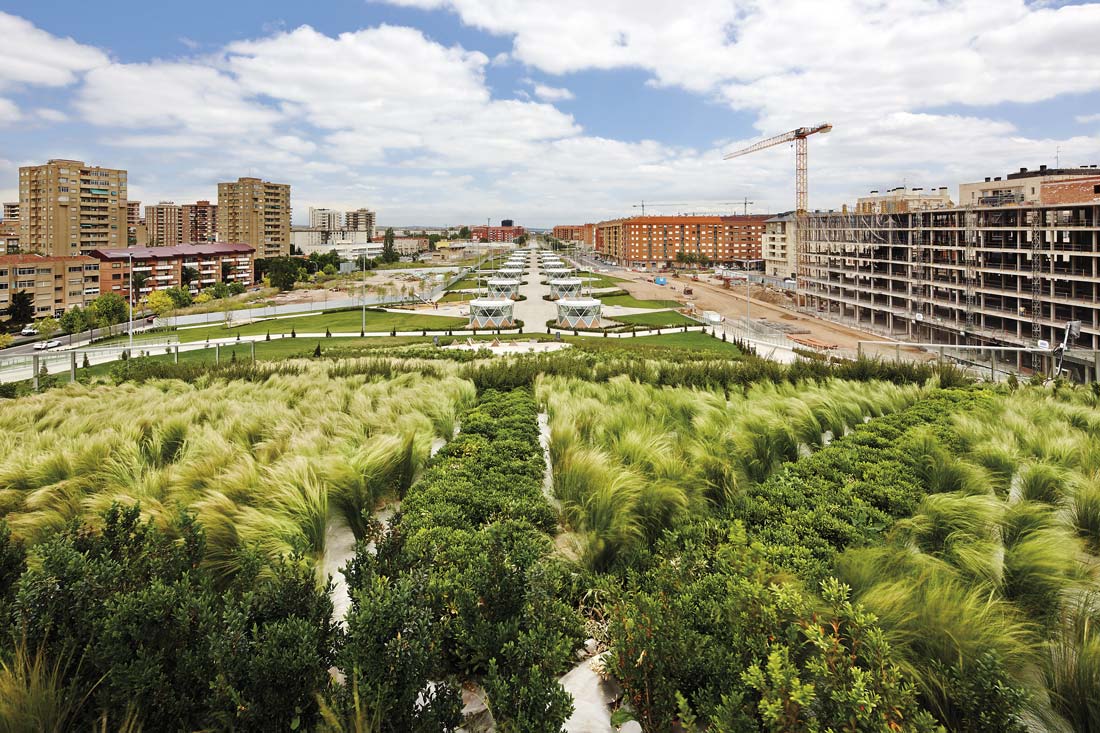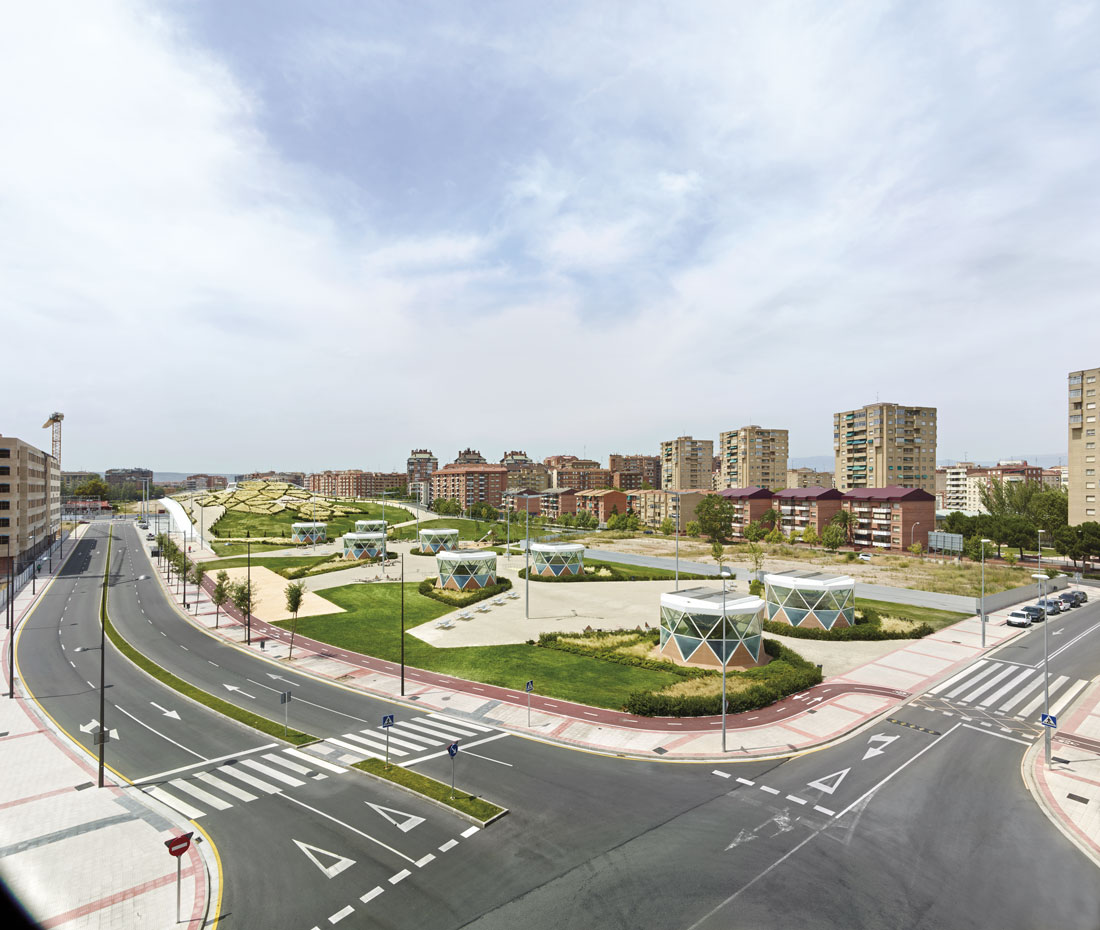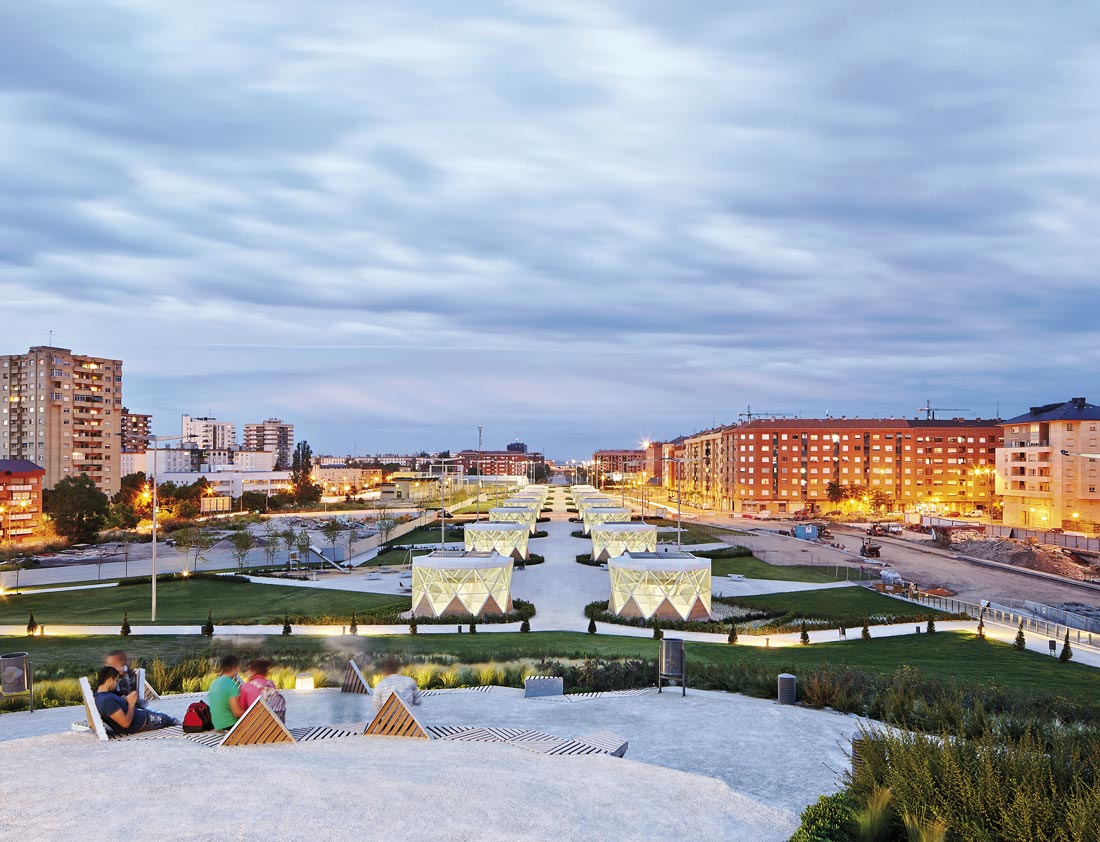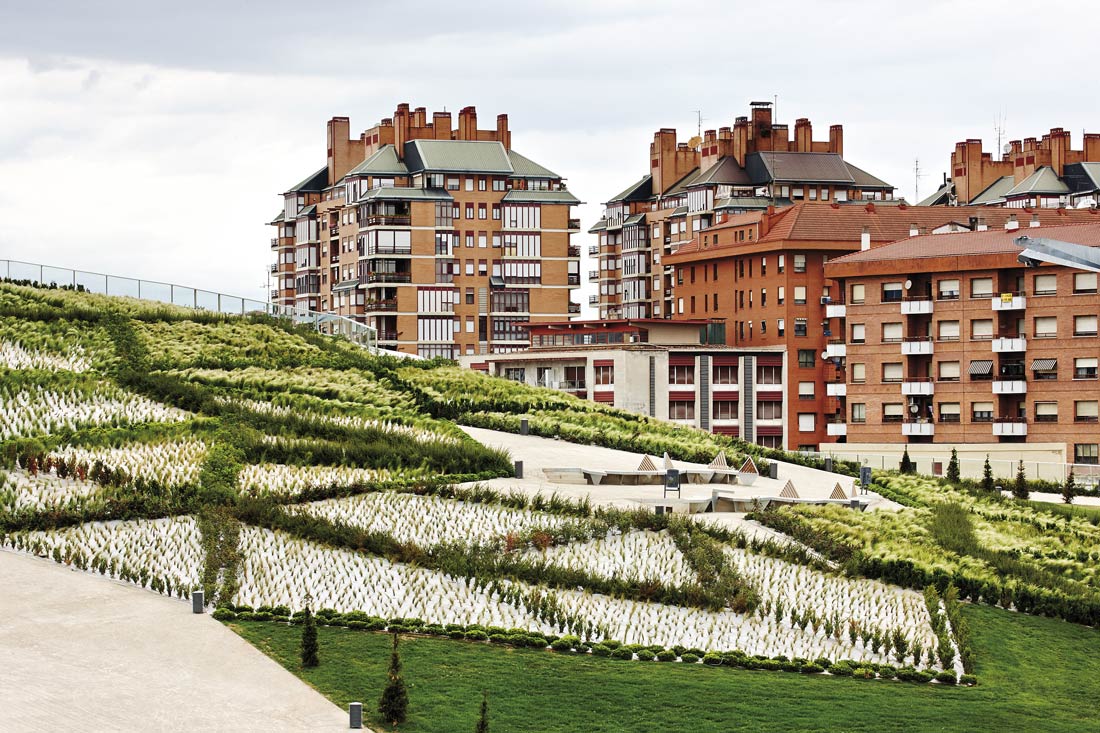The field of freedom shrinks with speed. And freedom needs a field. When there is no more field, our lives will be like a terminal, a machine with doors that open and close.
Paul Virilio [1]
“Construction,” Walter Benjamin has written, “fulfills the role of the unconscious.” He was writing in the 1930s, describing the development of cast-iron construction in the early decades of the nineteenth century. In those years, cast-iron, coupled with glass, made possible the Parisian arcades and with them a transformative new space of social encounter was created. But, as Benjamin accurately observes, the integration of these new building technologies was not seamless. The arcades, with their hidden mid-block locations, entered by passing behind the limestone street walls of the Parisian boulevards, precisely mapped Benjamin’s divide between a collective conscious and unconscious of the city. In the nineteenth century railroad terminal these two worlds remained even more resolutely separated. Iron and glass were extensively used in the vast long-span sheds that housed the platforms and the rail lines, while the terminal building itself–the face to the city–took the form of an ornate palace, deploying all the apparatus of monumental classical architecture to mark entry into the city.
The representational logic of the beaux-arts architect and the functional logic of the engineer faced off without intermingling.
It is not coincidental that Benjamin is writing from the perspective of Paris in the 1930s, in the company of the Surrealists.
By identifying cast-iron construction not with rationality, progress and efficiency but with the psychological realm of the unconscious he turns the usual narrative of modern architecture on its head. Modernity is no longer seen as a product of the inevitable march of technology–new forms shaped by new technologies–but rather, it is the form of society itself, its collective understanding of itself, that must change before technological progress can be integrated:
“The rail was the first iron unit of construction, the forerunner of the girder. Iron was avoided for dwelling-houses, and made use of for arcades, exhibition halls, railway stations—buildings which served transitory purposes. Simultaneously, the architectonic areas in which glass was employed were extended. But the social conditions for its increased utilization as a building material only came into being a hundred years later.”[2] Benjamin, who would kill himself in despair over his inability to escape from Nazi-occupied France, presciently realized that the dark side of technocratic rationalism was present from the beginning.
In the twentieth century the functional form of the rail shed itself took on a representational function, becoming the preferred form for the terminal station itself. Even it its most advanced form we are essentially dealing with a sophisticated updating of a nineteenth century building technology. Working at the beginning of the twenty-first century, Ábalos+Sentkiewicz face a different challenge. Neither the celebration of technology by way of the shed, nor a return to the beaux-arts language of representation (in either its original or post-modern guise) would have been an adequate expression for the intermodal station in Logroño. Instead, integrating two threads that Abalos has explored from the beginning of his career, they marry the shed form to that other great invention of the nineteenth century: the large urban park. This marks the intermodal station as a major contribution to the unfolding history of the landform building.[3] It is a solution that is both locally appropriate and globally resonant today.
The large urban park emerged in the nineteenth century in response to the rise of a middle class with increasing leisure time. Shaped by the metropolis, the nineteenth century park none-the-less declared itself to be distinct from the logic of the city around it.
At the Logroño station, by contrast, the park and the city are woven together in both plan and section. A large swath of artificial ground is lifted up to create an elevated green roofscape and to shelter the public spaces of the station below. The station, in effect, occupies the depth of the park. There is no pretense that the green spaces of the project are a form of raw nature; that would be both antithetical to the urban site and to the realities of culture today. The project forthrightly declares the constructed quality of this new nature.
This is visible in a number of design decisions: the geometries of the structure and the geometries of the park mirror one another; the Romantic, curvilinear line so often associated with the urban park is avoided. The lanterns and openings in the concrete structure simultaneously reveal the weight of the constructed roofscape and the section of the earth, making the light heavy and the heavy light. Indeed, the project becomes, if anything, more “natural” the deeper you go. At the lowest platform levels, the roughness of the columns suggests that the space has been carved out of the earth.
The most memorable part of the project is the undercroft of the massive roofscape. Here the piece-by-piece assembly of the steel structure is clad with triangulated steel panels, not so much to conceal its structural function as to establish a dialogue between the manmade (assembled elements with an industrial character) and the natural: the crystalline geometries of the surface. The detailing is subtle. Both the transparency of the panels and the open joints reveal that this too is constructed, but the overall effect is one of optical richness coupled with formal intricacy. It has a scale appropriate to the civic quality of the station at the same time as its abstract language suggests other references. The nature that is recalled is not so much the biological as geological: the language of caves, quarries or crystals.
The project makes another key contribution to ongoing debates around architecture and the city. As architects and urbanists grapple with the limits of intervention and control in the city, a polarity has developed between the effectiveness of large-scale planning and design operations (which often lack specificity) against the impact of punctual architectural interventions. Working at the scale of infrastructure Ábalos+Sentkiewicz are able to productively collapse this distinction. At the scale of the city, the project deploys the effects of what Kenneth Frampton has identified as the megaform: “I have coined the term megaform in order to refer to the form-giving potential of certain kinds of horizontal urban fabric capable of effecting some kind of topographic transformation in the megalopolitan landscape.”[4]
A conscious counter-proposal to the idea of the megastructure, the megaform has as its distinguishing characteristic topographic (or sectional) differentiation. Like urban infrastructure, it is closely linked to function and program. However, if the megaform is a hybrid of landscape and architecture, its operative techniques represent a reassertion of the specificity of architectural expertise in the design of large-scale systems and structures. This is amply in evidence in the Logroño station. The raised platform creates a new horizon in a part of the city that lacks coherence. But more than an imposition on the city fabric, the sectional weave integrates the station into the local fabric. The architect’s drawings underscore a parallelism between the rail line and the river, suggesting that it is in part these large-scale linear systems that tie the city together. But the effect is more than formal. The station will have broad social and economic effects that are themselves and integral part of city life: the flows of people, energy and goods that make up the dynamism of city life.
Bruno Latour has argued that we have to come to terms today not with a singular, all-encompassing nature but with the idea of many natures.[5] It seems to me significant, in this regard, that the Logroño station is not a terminal station, but an intermodal station: that is to say, a node in a complex network of points and lines. There is a parallel established between nature and cities as dynamic ecological systems, both based on information exchange and feedback.
As our idea of nature evolves, and we begin to see natural systems as dynamic, information-based systems; genetic engineering, bio-mimesis and other intersections of science and nature are part of our distinctly twenty-first century idea of nature. Nature can therefore be evident without the obvious presence of plants and greenery.
If Benjamin could look back from the perspective of the early twentieth century to identify a nascent consciousness of modernity, today our task is more difficult. As we construct the consciousness of the present, surely it is our fraught relationship to nature that must take center stage; nature, we could say, fulfills the role of the unconscious in today’s city. Projects such as Ábalos+Sentkiewicz’s Logroño intermodal station begin to reshape our understanding of the nature/culture dialogue as we construct a new consciousness of the city in the twenty-first century.
